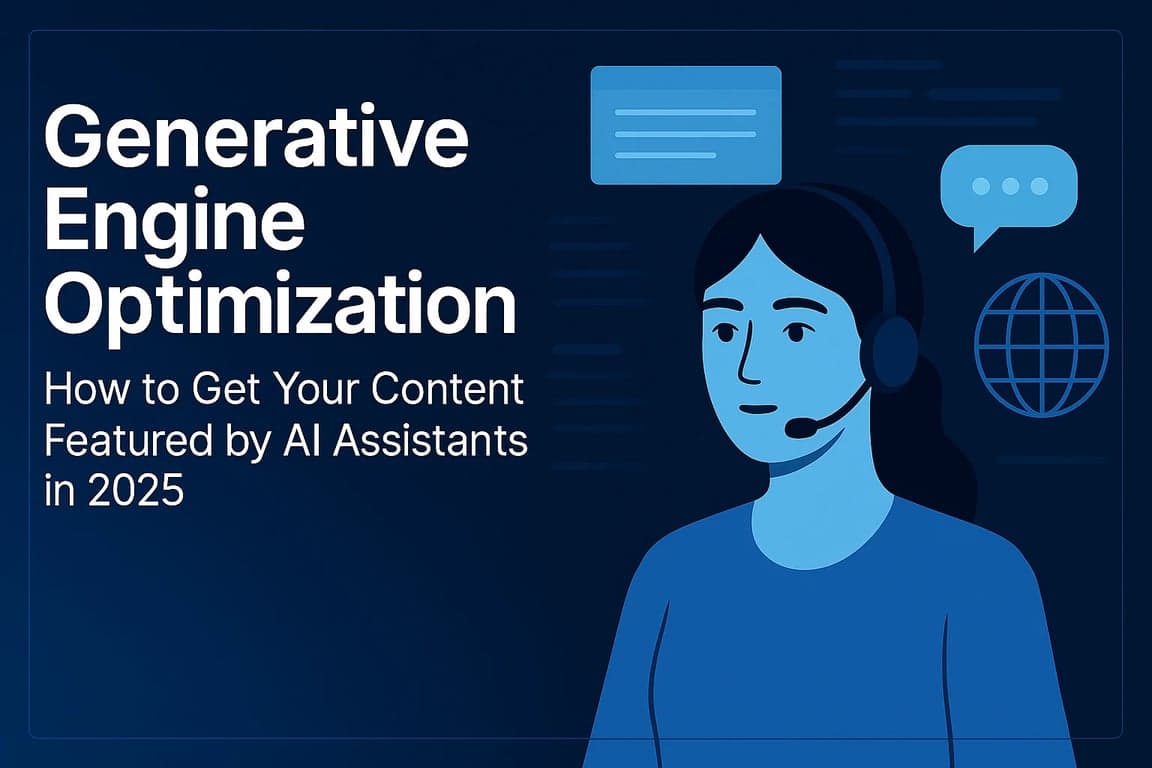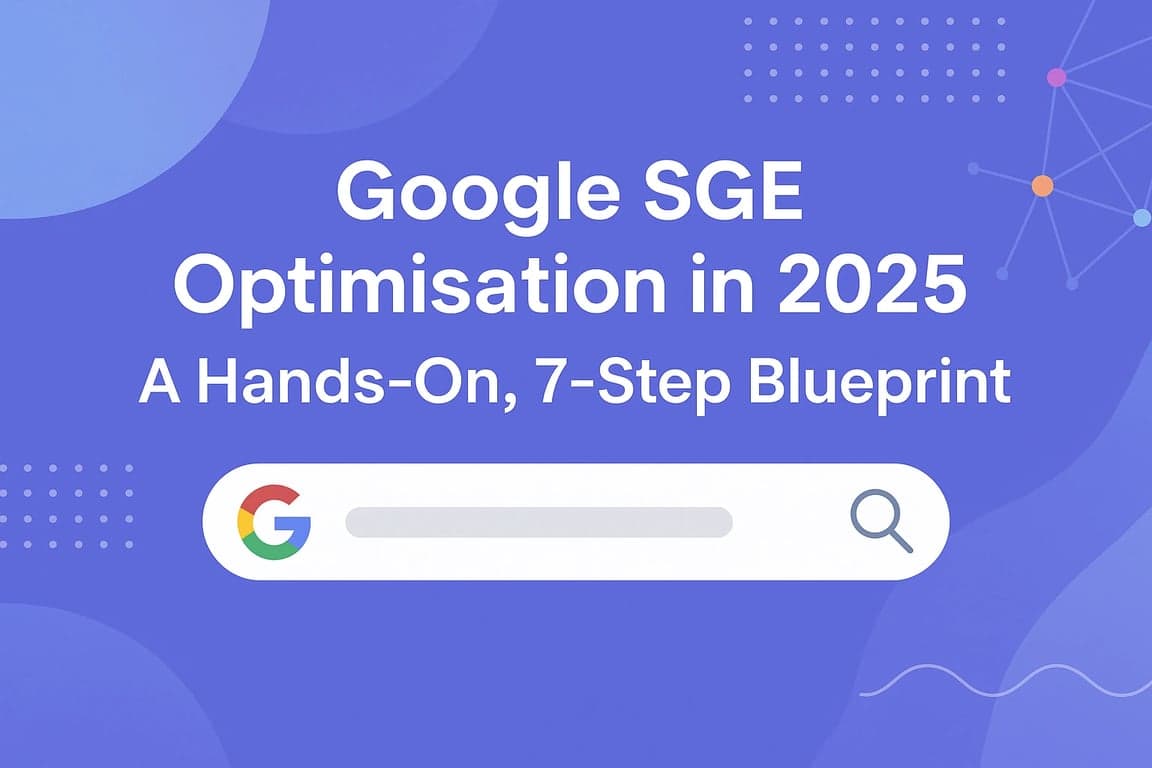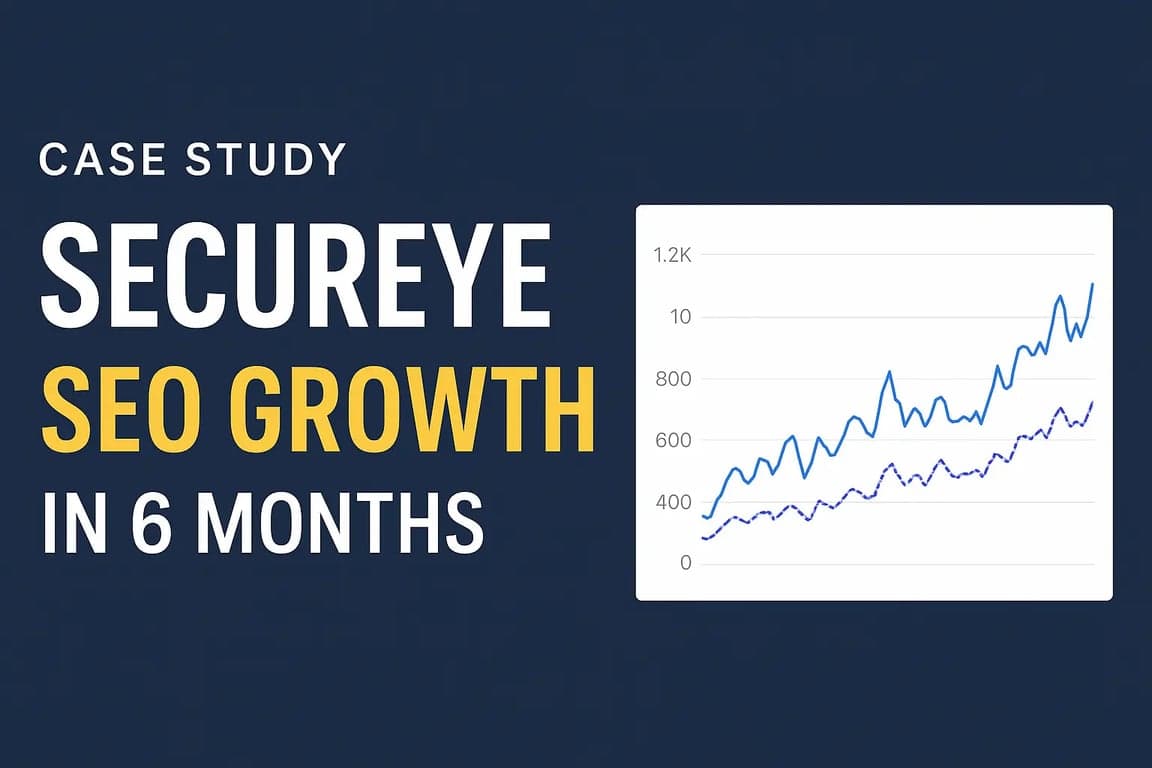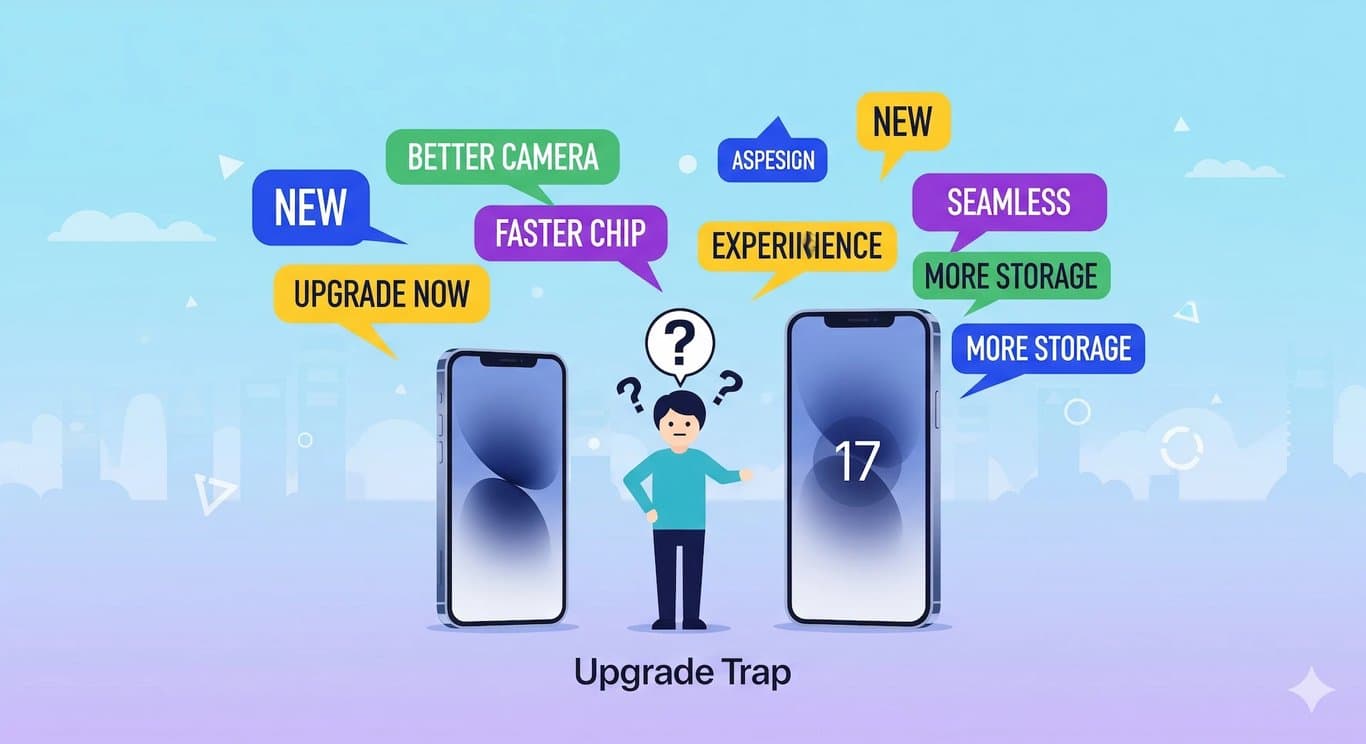Backlinks are king.
That’s what we were all taught. But in 2025, things have changed.
If you don’t have the budget for link building or outreach, this guide is your playbook.

Why This Blog Matters
Most marketers assume they can’t rank without backlinks, but here’s the truth:
✅ You can rank — even for competitive keywords — by mastering three things:
Search Intent
Topical Authority
Exceptional Content Structure
This blog will show you how to do it step-by-step, based on real experience, Google’s guidelines, and what’s working right now — no AI fluff.
⚠️ The Big Myth: “You Need Links to Rank”
Let’s clear this up first.
Backlinks still matter — especially in competitive niches like finance or health. But for 90% of informational queries, Google is smarter.
It now uses:
Natural Language Understanding (NLP)
EEAT signals
UX metrics like time-on-page, bounce rate, and Pogo-sticking
Google now rewards useful, well-structured, and intent-matching content, even if it has zero backlinks.
— John Mueller, Google Search Advocate
🔑 Real Goal: Satisfy User Intent Better Than Anyone Else
If you solve the searcher’s problem completely, you win.
That’s why this blog will cover:
Keyword selection for no-link content
Deeply matching intent
Topical clustering (for EEAT & authority)
On-page SEO tips for 2025
Internal linking strategies
Boosting engagement & dwell time
Content promotion without paid ads or link building

Step 1: Choose Keywords You Can Actually Rank For (Without Links)

You can’t outrank HubSpot or Neil Patel without links — unless you choose smarter keywords.
🧠 Go After:
Long-tail keywords
Question-based searches
Problem-focused phrases
Keywords with low difficulty (KD < 25)
📌 Use These Tools:
AlsoAsked.com – Discover real questions people ask
AnswerThePublic – Visual keyword maps
Google SERP analysis – Check if low-DA blogs are ranking
Ahrefs / Ubersuggest – Find low-competition terms
Reddit/Quora – See what real users are struggling with
🧩 Examples
Broad Keyword | Better No-Backlink Keyword |
SEO Strategy | seo strategy for e-commerce product pages |
Content Marketing | How to write content that ranks without backlinks |
Email Marketing | Email automation strategy for real estate in India |
If the top 3 results are YouTube, Quora, or Reddit, chances are you can outrank them with great content.
Step 2: Nail the Search Intent (Or Don’t Bother Writing)
 Most content fails because it doesn't match what the user actually wants.
Most content fails because it doesn't match what the user actually wants.
🔍 Types of Intent:
Informational: How to, What is, Guide
Navigational: Brand searches (e.g., “Mailchimp login”)
Transactional: Best tool, Buy, Review
💡 Pro Tip:
Google your keyword. Study the top 5 results:
What format is working? (listicle, tutorial, comparison?)
What subtopics are included?
Can you go deeper? Add real experience? Include case studies?
Example:
For the keyword: how to rank blog posts without backlinks
Google shows:
Listicles (top 7 methods)
SEO tutorials
Videos + Quora answers
So… write a detailed guide with a step-by-step process, include a comparison table, and embed your own video or screenshots — you'll outperform all 3.
Step 3: Build Topical Authority (Not Just One Blog)
Google rewards experts, not one-off bloggers.
To rank without backlinks, build content clusters.
🔗 What’s a Content Cluster?
It’s a group of pages around a single topic, internally linked.
Example Cluster on "SEO Content Strategy":
What is SEO content (pillar)
How to write content that ranks without links
How internal linking improves SEO
SEO blog structure template (free download)
Case study: How I ranked on Page 1 with no backlinks
Every blog links to each other, giving your domain strong topical authority.
💡 Think of this like showing Google: “I’m not just writing about SEO — I know it.”
Step 4: Write the Blog That’s Better Than Everyone Else’s
Here's your checklist to create content that beats page 1 even without links:
🛠 Formatting Musts:
Use short paragraphs (2–3 lines)
Add visuals (screenshots, custom graphics)
Use H2s and H3s to break the flow
Add jump links / Table of Contents
Embed internal links with anchor text
📊 UX Tips That Help Rankings:
Use a hooked intro
Include scroll-stopper subheadings
Add a featured quote or stat box
Put FAQs at the bottom
Add a “Next Article” CTA to keep users engaged
Step 5: Master On-Page SEO (But Keep It Human-First)
 You can’t skip technical hygiene — but in 2025, on-page SEO is about clarity, not keyword stuffing.
You can’t skip technical hygiene — but in 2025, on-page SEO is about clarity, not keyword stuffing.
Here’s how to do it right 👇
🎯 Essential On-Page SEO Elements:
Element | Best Practice |
Title Tag | Use the target keyword at the start, keep it under 60 characters |
Meta Description | Summarise value, include keyword, and add a CTA (max 155 characters) |
URL Slug | Keep it short, clean, and keyword-based (e.g., /rank-without-backlinks) |
H1 Tag | Must be unique and keyword-rich |
H2s / H3s | Use for subtopics — include variations of your keyword naturally |
Alt Text for Images | Describe the image with helpful text (not just for SEO, but accessibility too) |
Internal Linking | Link to other relevant blogs and your main pillar content |
Outbound Links | Link to credible sources (Google likes this for E-E-A-T) |
🔥 Quick Example
Title: How to Create SEO Content That Ranks Without Backlinks
Meta: Learn how to write high-ranking SEO content in 2025 — even without backlinks. A complete guide for smart content marketers.
URL: /seo-content-no-backlinksStep 6: Boost Dwell Time & Reduce Bounce Rate (Google Watches This!)
 Dwell time (how long users stay on your page) is a hidden ranking factor.
Dwell time (how long users stay on your page) is a hidden ranking factor.
Here’s how to keep visitors on your blog longer 👇
🎯 UX & Content Design Tips:
Start with a hook
→ Problem + Promise Format
Example: “Can you rank without links? Yes — if you follow these exact steps.”Use subheadings like signposts
→ Keeps scanning readers engagedAdd pattern interrupters
→ Use:Callout boxes
Stats
Quotes
Charts
FAQ dropdowns
Tell stories or share examples
→ “Here’s how I ranked without a single backlink…”Embed relevant media
→ Screenshots, GIFs, or YouTube videosInsert "Next Read" links inside the blog
→ Keeps them on your site longer
💡 Bonus UX Tip for Ghost
Use the built-in Card Block to:
Embed CTAs
Add newsletter forms
Insert “Related Posts” visually
Step 7: Promote Content Without Link Building
 You don't need backlinks — but you do need eyeballs.
You don't need backlinks — but you do need eyeballs.
Here’s how I promote SEO content without begging for links or paying for ads:
1. Post Excerpts on LinkedIn + Tag Relevant People
Write 3–5 value-heavy LinkedIn posts using:
A teaser from your blog
A quick carousel or screenshot
A soft CTA (e.g., “Full breakdown here 👇”)
2. Turn Blog Into a Twitter Thread
Use thread format:
Hook tweet
Point-by-point breakdown of each section
Final tweet = blog link
🔄 Bonus: Use Typefully.com to format clean, viral threads.
3. Answer Questions on Quora/Reddit
Find questions related to your post and:
Provide a helpful answer
Link back to your blog at the end
4. Email Your List with a Curiosity Hook
If you have a small list, don’t send just the title.
Instead use:
How I ranked for 2 keywords without a single backlink (case inside 👇)
5. Repurpose into Other Formats
Format | Platform |
Video Summary | YouTube Shorts, Reels |
LinkedIn PDF Guide | Slideshare |
Infographic | |
Google Web Story | For visual SEO |
Step 8: Build Internal Links Like a Pro
 Internal linking = SEO secret weapon, especially if you have no backlinks.
Internal linking = SEO secret weapon, especially if you have no backlinks.
🔗 Where to Add Internal Links:
From your new post → older supporting articles
From older blog posts → your new blog (important!)
To your core pillar pages
In your homepage and sidebars
✅ Use Anchor Text Strategically
Instead of:
“Click here to read more”
Use:
“Check my guide on internal linking for SEO”
Step 9: Add “Trust Elements” to Build EEAT
 To rank without links, you need Google to trust you.
To rank without links, you need Google to trust you.
✅ Include These on Every Blog Page:
Author bio with experience
LinkedIn or real identity link
Last updated date (Google loves freshness)
Links to credible sources (Google, official blogs, industry tools)
Free download or resource (adds value + builds list)
🧩 Example Footer CTA:
Want my 2025 SEO Blog Template?
Get it free → Download Here
Frequently Asked Questions (FAQ)
Can content really rank without backlinks in 2025?
Yes, especially for informational queries. Google’s algorithms now rely more on:
Topical authority
Intent match
UX signals (bounce rate, time on page)
Structured content
If your post solves the user’s problem better than others, it can rank, even with 0 backlinks.
What’s the best keyword difficulty (KD) range to target?
For no-link SEO, stay in the KD 0–25 range, with long-tail keywords.
Also, look for “underserved SERPs” where:
Low authority sites are ranking
Forums and videos are in the top 10
The existing content is thin or outdated
What tools help with no-backlink SEO content?
Here’s a toolkit I recommend:
Tool | Purpose |
Google SERPs | Check the current ranking content & intent |
Ubersuggest | Keyword research (free alternative to Ahrefs) |
AlsoAsked / AnswerThePublic | Discover subtopics |
Frase / Surfer SEO | Outline optimization |
Ghost CMS (Wisp) | Fast, clean content publishing |
Google Search Console | Track performance and CTR |
How many internal links should I use per post?
Aim for:
3–5 contextual internal links
At least 1 link to a pillar post
Add links from older posts to the new one
Make sure the anchor text is natural, not over-optimised.
Should I still try to get backlinks later?
If you want to scale into competitive niches, yes. But for 80% of early-growth SEO, focus on:
Internal structure
Content clusters
UX signals
Updating your posts regularly
Rank first. Links come later.
Bonus: 15-Point No-Backlink SEO Blog Checklist
Use this before hitting “Publish” 👇
✅ Checkpoint | Done? |
Keyword difficulty < 25 | ✅ |
Long-tail or question-based topic | ✅ |
Search intent analysis is complete | ✅ |
Outline includes H2s/H3s for each subtopic | ✅ |
The blog solves the query fully | ✅ |
Added a strong hook intro | ✅ |
Optimised meta title & description | ✅ |
Clean URL slug | ✅ |
Internal links to/from other blogs | ✅ |
Original visuals or screenshots used | ✅ |
Clear CTA near the end | ✅ |
FAQ added for featured snippet | ✅ |
Author bio included | ✅ |
Mobile-friendly formatting | ✅ |
Last updated date visible | ✅ |
Final Thoughts
Backlinks still matter — but they’re no longer a requirement for ranking well in 2025.
If you:
Choose the right keywords
Solve the search intent completely
Build topical clusters
Design for UX
Promote smartly...
You can outrank big players without a single backlink.
🎁 Get My Free Download: The Ultimate SEO-Optimised Blog Post Template for 2025
Want to implement everything you learned today — faster and with clarity?
I’ve created a plug-and-play blog post template that follows the exact structure I use to write content that ranks on Google, even without backlinks.
📝 This free template includes:
Proven blog outline structure (H1 to H4)
On-page SEO checklist
Internal linking & CTA prompts
EEAT & UX guidance for 2025 standards
Mobile & readability optimisation cues
👉 Download the Free SEO Blog Template (PDF)
No sign-up needed. Just click and start creating content that ranks!
📚 Sources & References
Google Search Central Blog
https://developers.google.com/search/blog
— Official updates and best practices directly from Google’s webmaster team.Google’s Quality Rater Guidelines (2024 Edition)
https://static.googleusercontent.com/media/guidelines.raterhub.com/en//searchqualityevaluatorguidelines.pdf
— A detailed manual outlining what Google values in high-quality content (including E-E-A-T and user intent).Backlinko – Brian Dean
https://backlinko.com/seo-guide
— In-depth SEO and content strategy research, including the impact of dwell time and engagement signals.Ahrefs Blog
https://ahrefs.com/blog
— Insights on search engine behaviour, content optimisation, and how to rank without backlinks.Neil Patel Blog
https://neilpatel.com/blog
— Tactics and case studies on content marketing, internal linking, and repurposing strategies.Semrush Content Hub
https://www.semrush.com/blog/
— Data-backed research on ranking factors, content formats, and topic authority.Yoast SEO Academy
https://yoast.com/seo-blog/
— Best practices in on-page SEO, readability, and content structure.Experience from Real Campaigns
— As a digital marketer with over 6 years of hands-on experience, many insights shared here are based on practical application, split testing, and content strategy deployed across real clients and personal projects.
🔗 Related Read: Mastering Google SGE Optimisation in 2025
If you found this guide on ranking without backlinks helpful, you’ll definitely want to check out my hands-on blueprint for optimising your content for Google SGE (Search Generative Experience).
In that post, I break down:
How Google SGE works in 2025
Why does it change content visibility forever
A 7-step actionable plan to get your content featured
Real examples and use cases to implement today
👉 Read it here: Google SGE Optimisation in 2025: A Hands‑On, 7‑Step Blueprint
This blog perfectly complements what you’ve learned here and will help you future-proof your SEO strategy for AI-powered search results.




